We are bringing in a number of these gorgeous 2-gallon miniature roses and we will donate $5 from the purchase of each rose to the Rotarian Foundation Livermore. The Foundation provides grants to our favorite Valley non-profits needing a hand during these challenging times. The rose cost is $39.99, $5 of which will be donated.
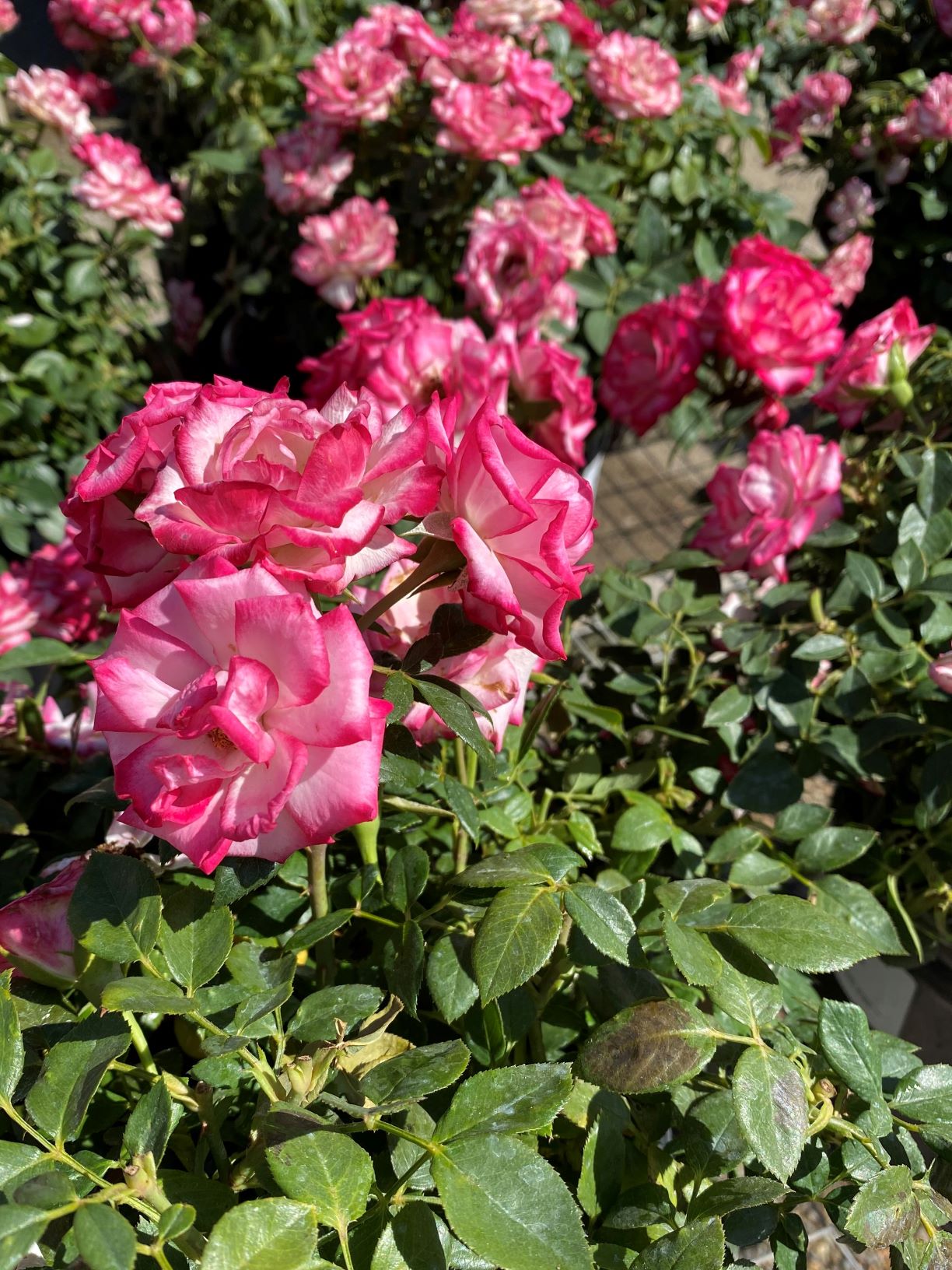
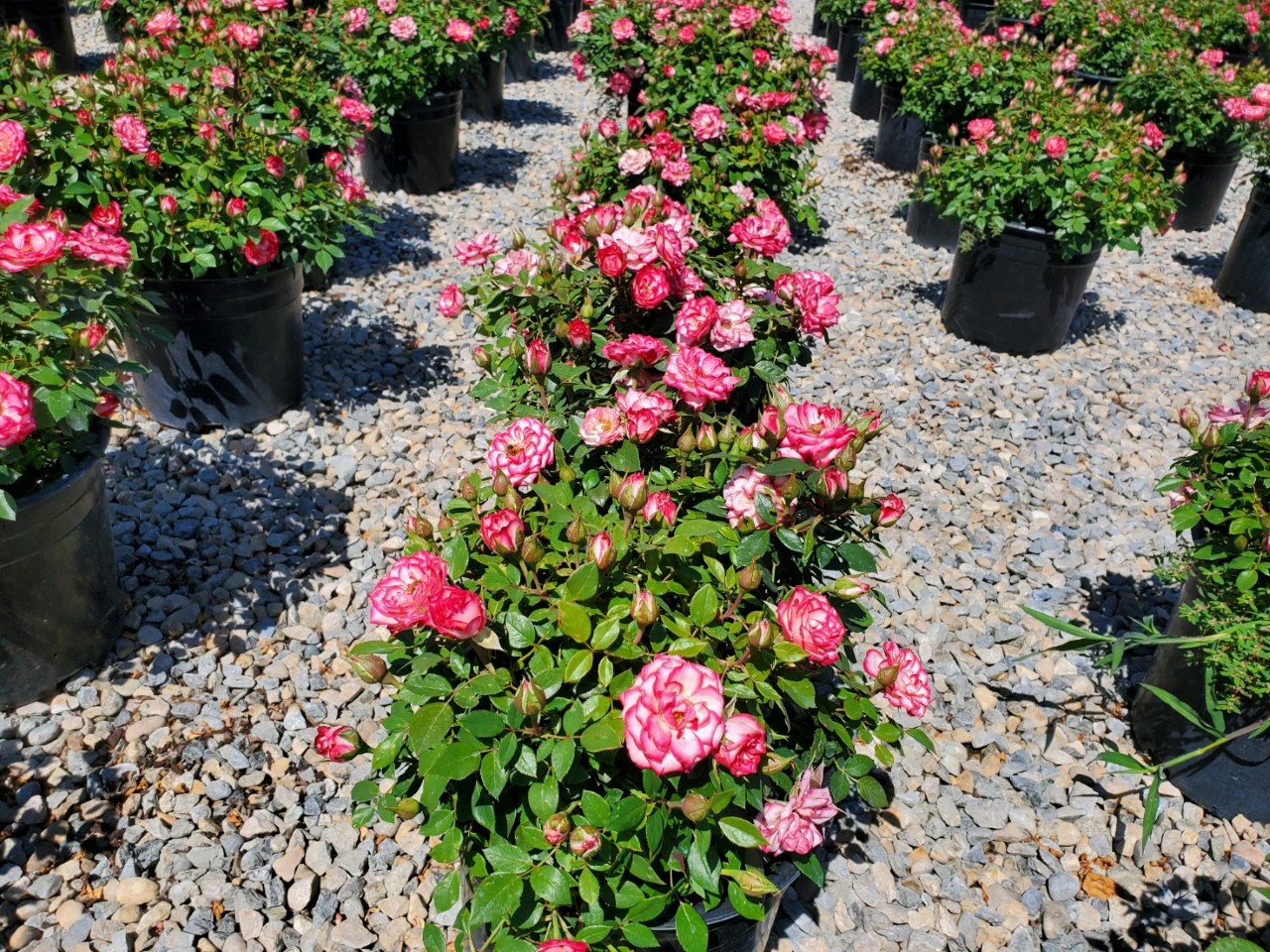
Rose History
Alden Lane Nursery owner, Jacquie Williams-Courtright served as the California Association of Nurserymen state president in 1996-1997. Each president is asked to select a theme for their year. She wanted to buoy the spirits of industrymen who had just experienced two challenging years so she decided that her theme would be “Everything’s Coming Up Roses”. The theme resonated with the membership and fortunately the economy was “rosier” during her year in office.
One nurseryman took a special interest in Jacquie’s theme. Ralph Moore, world renowned plant breeder and owner of Moore’s Miniature Roses in Visalia, had known Jacquie since her time at Cal Poly where he would regularly come to teach and engage the youth of the industry. He was proud of Jacquie’s accomplishments since her graduation and wanted to recognize her contributions by naming one of his miniature roses in her honor. What a tribute!

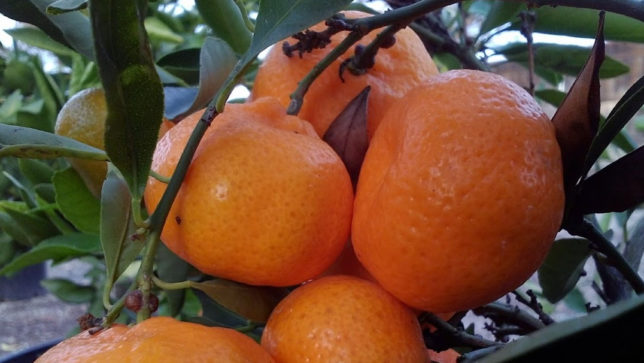

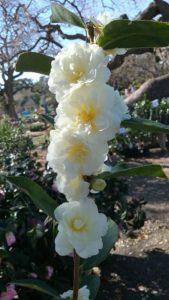
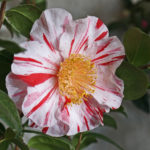
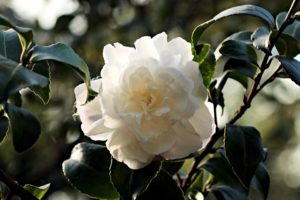 Camellias are slow to moderate growers. Habits vary from compact and upright to loose and spreading. Plant in well-drained organic soil (Acid Planting Mix). Filtered or bright shade all day is the best exposure, early a.m. sun before 10 or late day sun after 5:00 p.m.would also be okay. Protect from the heat of the day.
Camellias are slow to moderate growers. Habits vary from compact and upright to loose and spreading. Plant in well-drained organic soil (Acid Planting Mix). Filtered or bright shade all day is the best exposure, early a.m. sun before 10 or late day sun after 5:00 p.m.would also be okay. Protect from the heat of the day.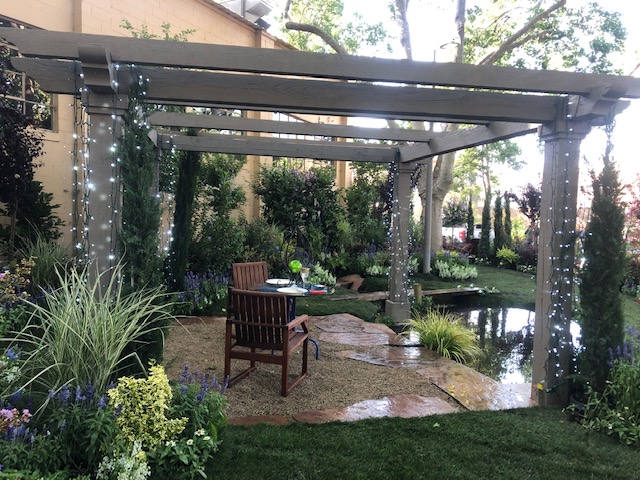
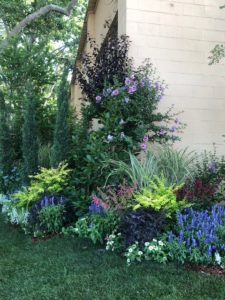
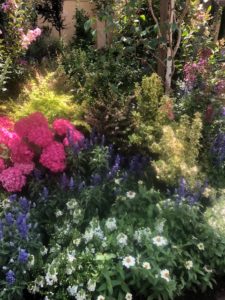
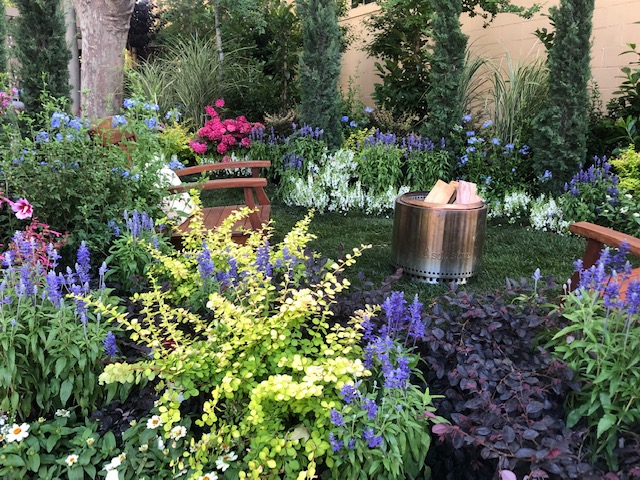
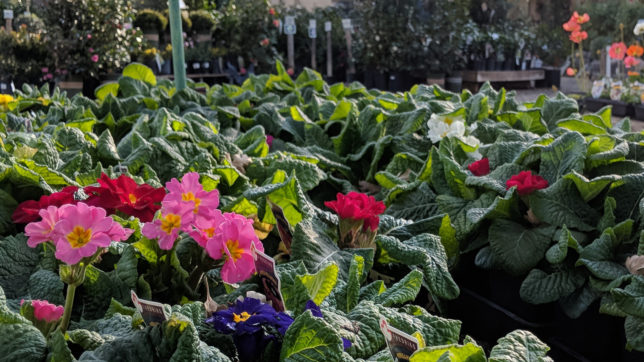
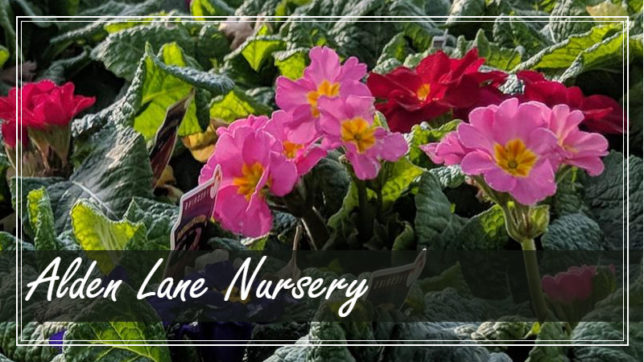

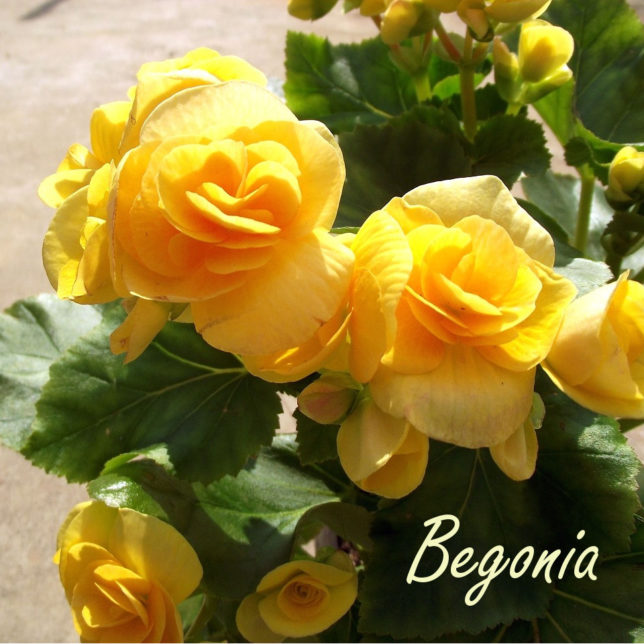
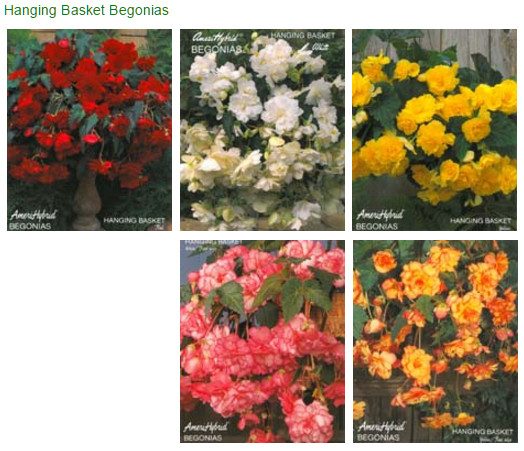
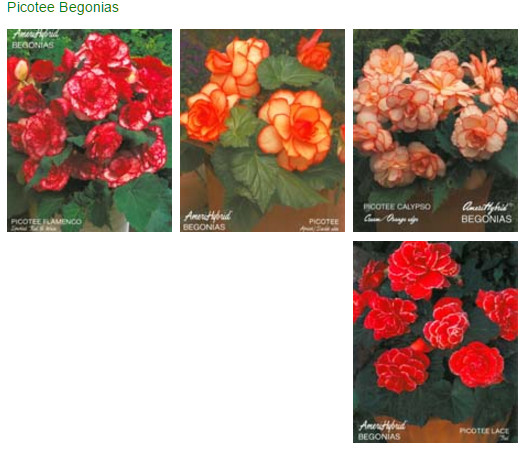
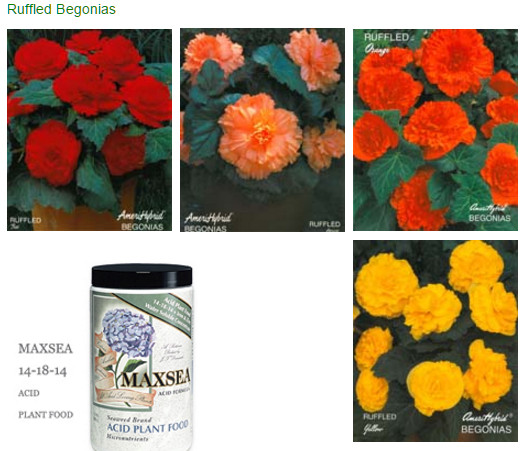
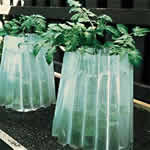
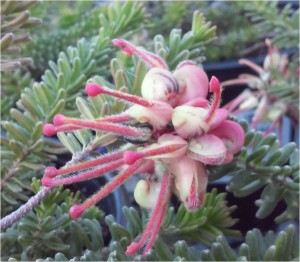 Hummingbirds, butterflies, beneficial insects and native pollinators bring life, joy and movement to the garden and help us appreciate the smaller miracles of the natural world. Attracting Pollinators is as simple as planting the right plants and providing shelter, nectar and larval food.
Hummingbirds, butterflies, beneficial insects and native pollinators bring life, joy and movement to the garden and help us appreciate the smaller miracles of the natural world. Attracting Pollinators is as simple as planting the right plants and providing shelter, nectar and larval food.